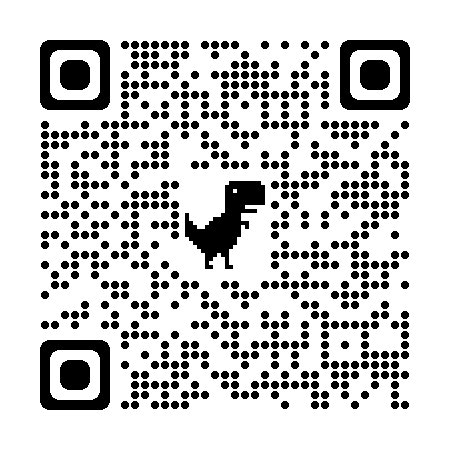Moral hacking, often referred to as ethical hacking, plays a significant role in protecting oceanic networks, which include underwater communication systems, maritime infrastructure, and ocean-based data networks. The following are types of ethical hacking techniques that can be employed for oceanic network protection:
By employing these ethical hacking techniques, maritime and oceanic organizations can strengthen their defenses against cyber threats, protect sensitive data, and ensure uninterrupted communication across global waters.
Established in the year 2000, at Mumbai, Maharashtra, India, we “Deming Certification & Ratings Pvt. Ltd.,” Learn more






© 2024 Created with Deming Certification & Ratings Pvt Ltd.